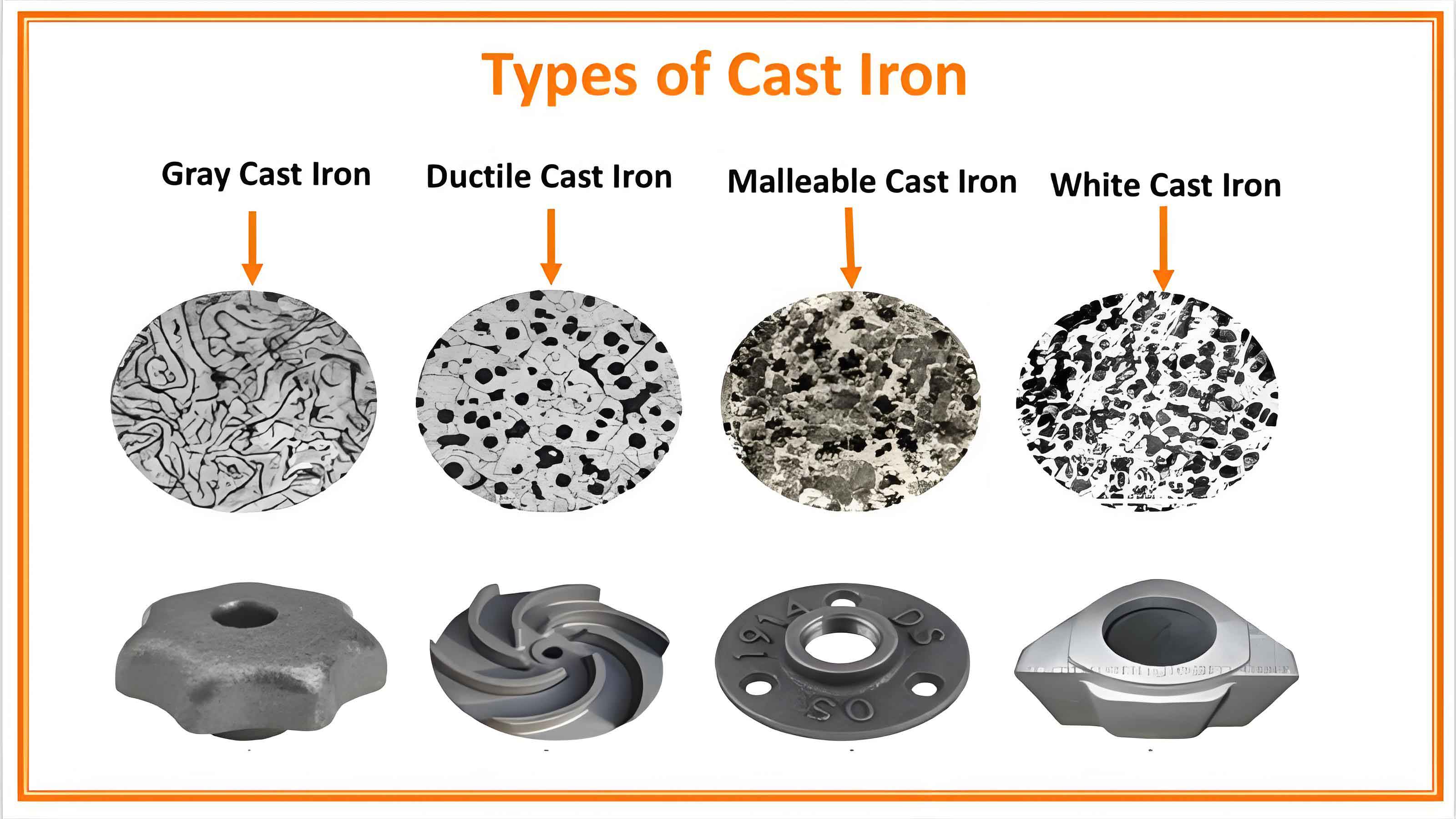Ductile cast iron, also known as nodular cast iron or spheroidal graphite iron, is a type of cast iron that has improved mechanical properties due to its nodular graphite inclusions. The mechanical properties of ductile cast iron can be significantly enhanced by the addition of various alloying elements. This article delves into the impact of these alloying elements on the microstructure of ductile cast iron, examining how they influence its properties and performance.

Introduction
Ductile cast iron is widely used in engineering applications due to its excellent combination of strength, toughness, and wear resistance. The microstructure of ductile cast iron consists of a matrix of ferrite and/or pearlite with nodular graphite inclusions. The properties of ductile cast iron can be tailored by modifying its chemical composition, particularly through the addition of alloying elements. This article explores the effects of common alloying elements such as silicon (Si), manganese (Mn), nickel (Ni), copper (Cu), and chromium (Cr) on the microstructure and mechanical properties of ductile cast iron.
Alloying Elements and Their Effects
Silicon (Si)
Silicon is a strong graphitizing element and promotes the formation of ferrite. It increases the fluidity of the molten iron and improves the castability of the material. However, excessive silicon can lead to the formation of carbide phases, which can reduce the ductility and toughness of the cast iron.
Manganese (Mn)
Manganese is primarily added to counteract the harmful effects of sulfur and to improve the strength and hardness of ductile cast iron. It forms manganese sulfides, which prevent the formation of iron sulfides that can cause brittleness. However, high levels of manganese can lead to the formation of pearlite, increasing the hardness and reducing the ductility.
Nickel (Ni)
Nickel is an austenite stabilizer and enhances the toughness and strength of ductile cast iron. It promotes the formation of a more uniform and finer graphite structure, which improves the overall mechanical properties. Nickel also enhances the corrosion resistance of the cast iron.
Copper (Cu)
Copper is added to ductile cast iron to increase its strength and wear resistance. It promotes the formation of pearlite and can enhance the hardness of the material. Copper also improves the machinability of ductile cast iron.
Chromium (Cr)
Chromium is added to improve the wear resistance and hardness of ductile cast iron. It forms carbides that enhance the material’s wear properties. However, excessive chromium can lead to the formation of brittle phases, reducing the ductility and toughness of the cast iron.
Experimental Methodology
The study involves casting ductile iron samples with varying concentrations of alloying elements. The chemical composition of the samples is controlled, and the microstructure is analyzed using optical microscopy and scanning electron microscopy (SEM). Mechanical properties such as tensile strength, hardness, and impact toughness are measured and correlated with the microstructural features.
Results and Discussion
Microstructure Analysis
The microstructure of ductile cast iron is significantly influenced by the type and concentration of alloying elements.
Table 1: Impact of Alloying Elements on Microstructure and Properties
| Alloying Element | Microstructural Changes | Mechanical Properties |
|---|---|---|
| Silicon (Si) | Promotes ferrite formation | Increases fluidity, may reduce ductility with excess |
| Manganese (Mn) | Forms manganese sulfides, promotes pearlite | Increases strength and hardness, may reduce ductility |
| Nickel (Ni) | Stabilizes austenite, refines graphite | Increases toughness and strength, enhances corrosion resistance |
| Copper (Cu) | Promotes pearlite | Increases strength and wear resistance, improves machinability |
| Chromium (Cr) | Forms carbides | Improves wear resistance, may reduce ductility with excess |
Mechanical Properties
The addition of alloying elements has a profound effect on the mechanical properties of ductile cast iron. Silicon enhances the castability and overall strength but must be controlled to prevent carbide formation. Manganese increases the hardness and strength, while nickel and copper enhance toughness and wear resistance. Chromium significantly improves wear properties but must be carefully balanced to avoid brittleness.
Conclusion
The study highlights the importance of alloying elements in modifying the microstructure and enhancing the mechanical properties of ductile cast iron. By carefully controlling the type and concentration of alloying elements, the performance of ductile cast iron can be optimized for specific engineering applications. Understanding the interplay between alloying elements and microstructure is crucial for developing high-performance ductile cast iron materials.
